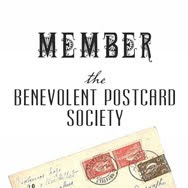
Cradle to Cradle
Basically, cradle to cradle design uses “eco-effective” processes and designs to produce products which, rather than being simply “recycleable”, are entirely recoverable or not only create no impact on the environment, actually improve the environment. Two examples that he referred to were Unilever, which has ice-cream packaging created from leaf-litter which not only bio-degrades in just a few hours, incorporates seeds from rare plants; and the Ford Motor Company which has introduced the Model U, produced using green materials and processes like soy-based componants and corn-based fillers in its tires, as well as green technologies, such as a revolutionary Hydrogen Internal-Combustion Engine which producess pollutant emissions at near zero (including carbon dioxide).

Enviro Packaging
In April, the EnvironDesign 8 conference included a presentation by MBDC co-counders McDonough and Braungart on the cradle to cradle approach to sustainablilty.
MBDC describes cradle to cradle design thusly:
“The cradle-to-cradle model recognizes two metabolisms within which materials flow as healthy nutrients. Nature’s nutrient cycles comprise the biological metabolism. Materials designed to flow optimally in the biological metabolism [such as Climatex Lifecycle], which we call biological nutrients, can be safely returned to the environment after use to nourish living systems. The technical metabolism, designed to mirror the Earth’s cradle-to-cradle cycles, is a closed-loop system in which valuable, high-tech synthetics and mineral resources—technical nutrients—circulate in a perpetual cycle of production, recovery and remanufacture. “







